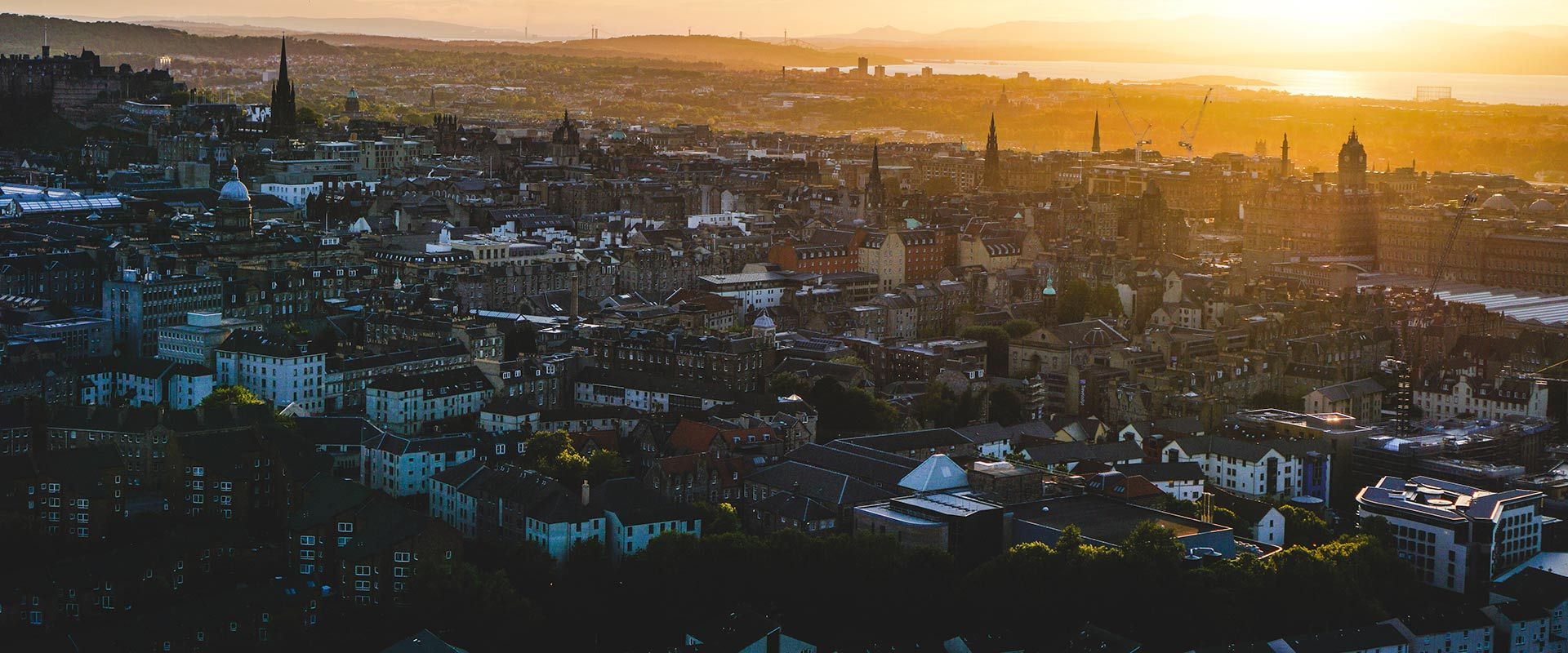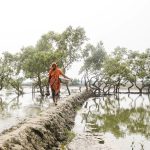Making Nature A Climate Hero

By Lexi Parfitt, Head of Communications and Fundraising at WWF Scotland
For many people, when you think of Scotland, you think of nature. Mountains and glens, puffins and dolphins, red squirrels and capercaillies. But for many COP26 delegates, in the confines of meeting rooms in the UN Blue Zone here in Glasgow, experiencing Scotland’s majestic nature is unlikely to be on the agenda. It’s vital however, as COP26 comes to Scotland, that nature is a much bigger part of the global climate conversation than it’s ever been before. Not as a substitute for the essential cuts to fossil fuels we so vitally need to limit temperature increases, but as an important addition to those efforts, which will build resilience, store carbon and help protect the lives and livelihoods of the people who depend on it.
Climate change is affecting those least responsible for the problem, in the world’s most vulnerable nations, first and worst. But we are already seeing the impacts of climate change here in Scotland too on our natural world. An estimated one in nine Scottish species are at risk of extinction due to climate change, including the red squirrel and capercaillie, with further species under increased pressure, including mountain hare and puffins. And we also know that certain activities we undertake are degrading the very landscapes and seas that store carbon- releasing it into the atmosphere instead of storing it deep away.
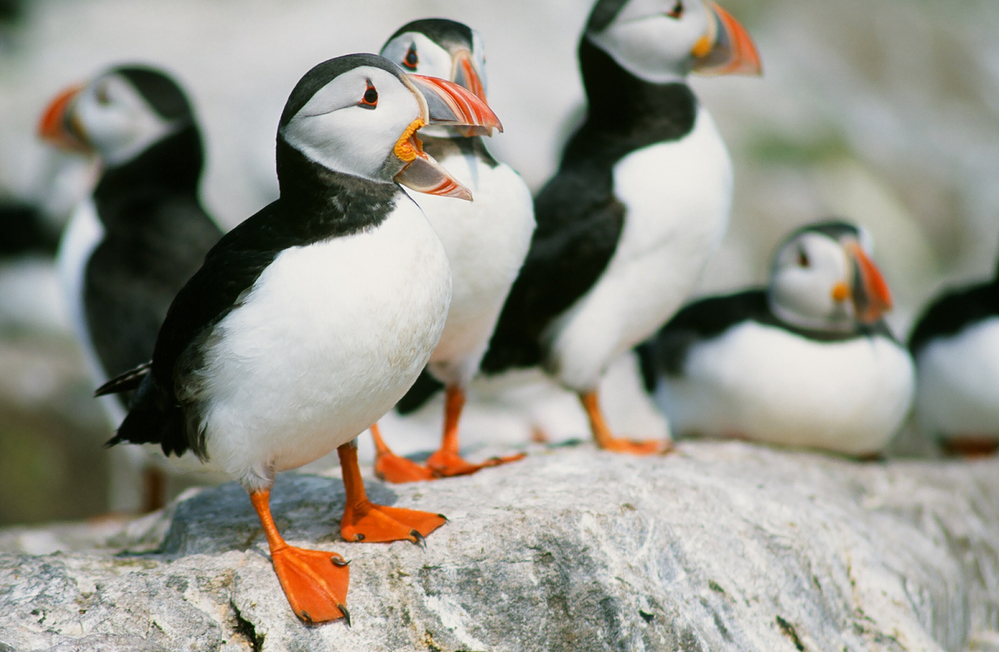
As nations gather in Glasgow to try to keep the global temperature goal of 1.5ºC alive, it’s important to remember the stark differences between 1.5 degrees and 2 degrees for people and nature. For instance if we were to reach 2 degrees, it is estimated that 100% of all the world’s coral reefs would be lost by the year 2100. Not only would we lose the plant and animal life, we would lose the coastal erosion protection they provide, and the sources of sustainable livelihoods they provide communities. An estimated 500 million people around the world rely on coral reefs for their livelihoods.
So let’s take a look at three clear examples of how nature and climate interact in Scotland. Firstly, over 70% of our land is used for agriculture. With land use identified as a key driver of wildlife declines – and central to all pathways to meet net zero emissions and end our contribution to climate change – how we use and protect our land has an important role to play in nature recovery, reducing greenhouse gas emissions and locking up carbon in the land. Agriculture is also a key sector at the front line of climate impacts. The extreme weather we saw in 2018, where a prolonged winter was followed by a delayed spring and a very hot and dry summer, saw some crop yields reduced by up to 25%. Farmers also reported a spike in livestock losses- particularly baby lambs dying in the snow- and water shortages. Climate- and nature-friendly farming can help improve resilience to the impacts of climate change, reduce emissions and provide an opportunity for nature’s recovery.
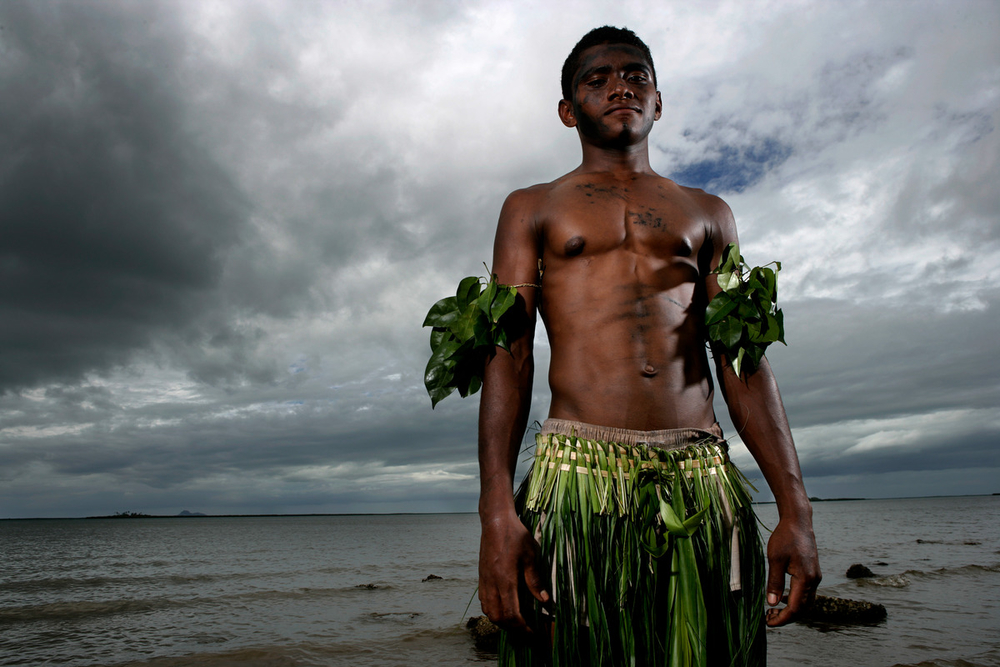
Secondly, we have some amazing carbon stores such as forests and peatlands which not only soak up emissions, but also provide vital habitats for iconic and rare species from bog myrtle to red squirrels. Peatlands cover more than 20% of the country and are home to birds that like to nest in open ground, such as the curlew, golden plover and hen harrier. Red deer, mountain hares, lizards, amphibians, insect-eating sundew plants and a host of invertebrates also thrive on peatlands. They are also really important for people. For example, most of Scotland’s drinking water is filtered through peatlands. Healthy peatlands produce clean water which requires fewer chemicals to treat. But degraded peatland becomes a source of emissions rather than a store and around 80% of Scotland’s peatlands are degraded in some way. That’s why peatland restoration is so vital in the fight against climate change.
Thirdly – Scotland is a nation almost entirely surrounded by the sea. Our oceans not only are home to varied species from colourful corals to dolphins, porpoises and whales, but they give us massive renewables potential and are a huge carbon store too. Our oceans store carbon in seagrasses, kelp, maerl beds, flame shell beds and salt marshes (known as ‘blue carbon’). These ecosystems also provide a host of other benefits, from supporting the livelihoods of coastal communities, protecting them from the impacts of storms, and providing important habitat for fish, birds, and a variety of other species. We are now beginning to understand how much climate change is affecting our oceans and their web of life, but protecting and enhancing our vital stocks of blue carbon can provide enormous benefits for the climate, whilst helping our oceans recover.
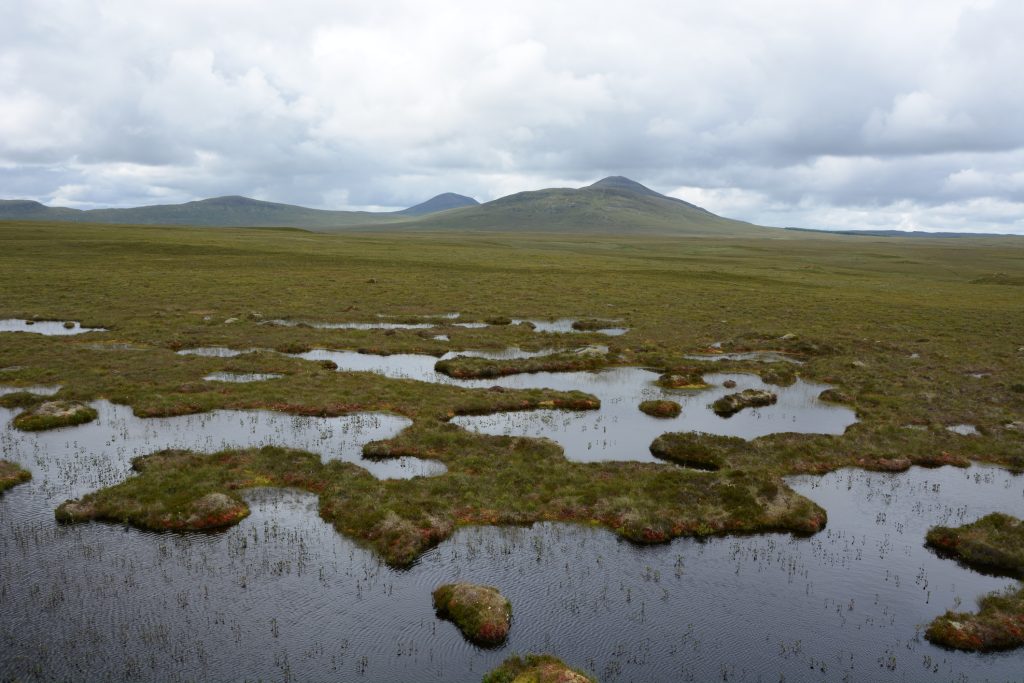
Nature has already seen a focus at COP26, with the most eye-catching development being a pledge by over 110 countries to reverse deforestation by 2030, with a pledge of £14b funding. It’s similar to previous such pledges, but with more signatories (covering 85% of the world’s forests) and greater funding there are reasons for cautious optimism. The Scottish Government responded with a welcome commitment to develop a programme to restore our Atlantic rainforests. These, and other initiatives, have helped make the biodiversity crisis that we also face visible at COP26.
So as all eyes turn to Glasgow for COP26, it’s crucial nature and climate are both high on the agenda. We need to see a clear delivery plan to reduce emissions including more focus on land management and agriculture, alongside new efforts, working with local communities, to protect and enhance natural carbon stores like forests, peatlands and oceans.

